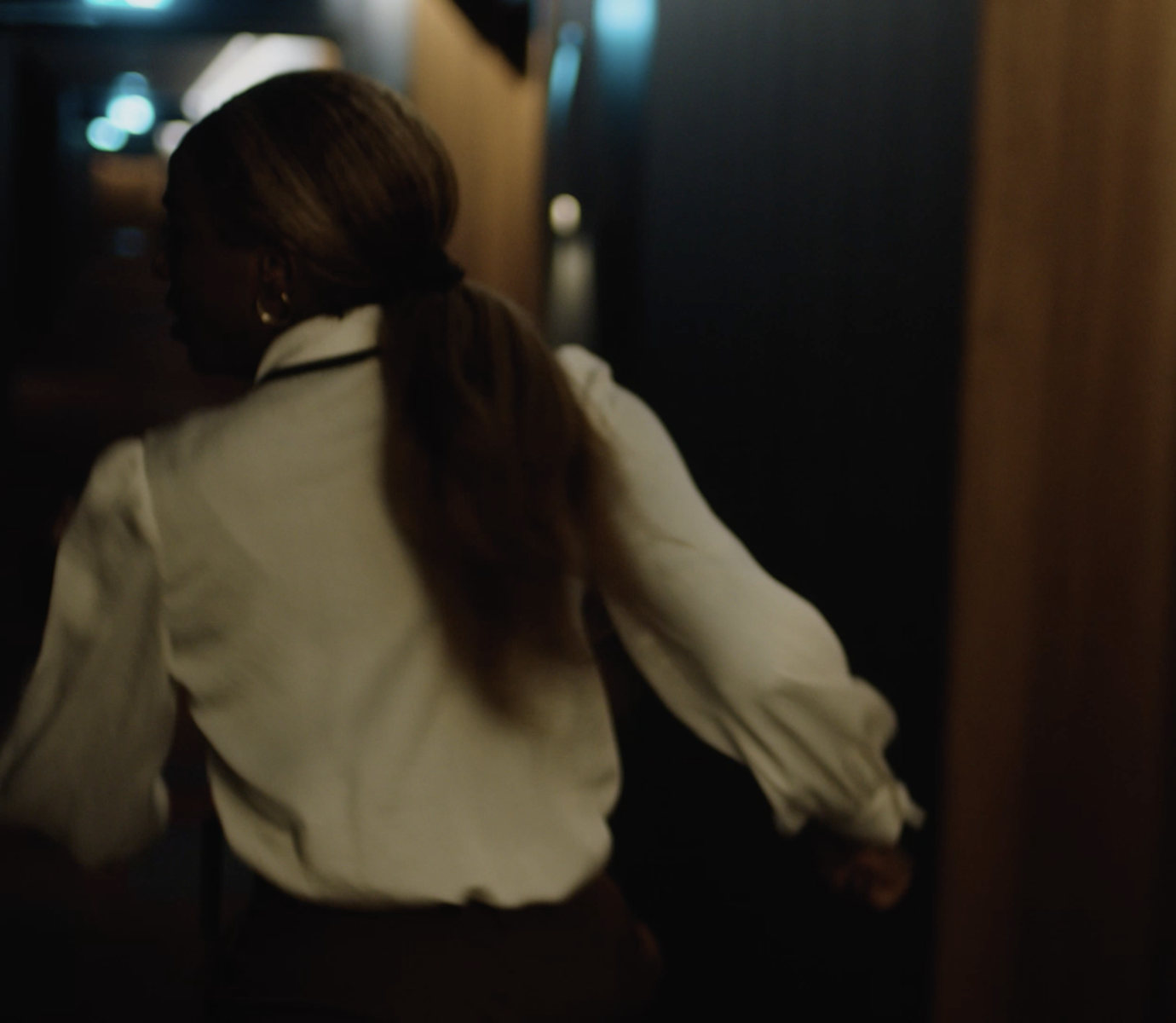Overview
One of the main questions I have explored through this research project relates to the possibilities of utilising the horror genre in order to create new narratives in a political art practice. This exploration has required a going back into the field of horror, to sort out qualities within it that make it apt for this kind of utilisation. In the group of islands forming around this category I reflect upon different aspects of this utilisation of horror fiction and how it has developed in my research project.
Firstly I frame horror, not only as a form of training ground for dealing with the horror aspects of our contemporary times, but also as a certain tool, a lens tool to be specific, through which a socio-political reality, or tempor(e)ality can be viewed from awry. Through this lens, liminal spaces are revealed that offer exactly the spaces of potential transformation that art must somehow always pursue. Horror fiction allows for inhabiting the threshold between one and an other.
I also make an effort to map out a certain field of political allegorical horror, that may account for a certain upsurge in the popularity of the horror genre. But here, I question the use of horror fiction wanting to be of social commentary, arguing that it most often results in more of the same. A criticality expressing what we already know. I move on to argue that one of the ways in which horror is most often used as political allegory is in the appropriation of its monsters. In this the monster comes to form a certain evental return to the norm, in all its abnormality, transporting us from the potentiality of an uncertain now to a manifested certainty that one must slay in order to return to order.
In an attempt to move beyond this form of political allegorical use of the monster, onto which only more of the same can arguably be projected, I am focussing on the temporal qualities of horror. Interested in the ways that the temporal creates a certain reality within the genre that has to do with an experience of nowness, I move towards an understanding of horror as something that can enable a prolonged now - a now that one can stay within and from here challenge surrounding tempor(e)alities. This is described mainly through the ways in which the very temporality of the filmic media in horror can be utilised to extension or move beyond the temporality of its narrated reality, forming a now that stretches. Using Ben Wheatley’s ‘In the Earth’ (2021) and George A. Romero’s ’Night of the Living Dead’ (1968), as primary examples I frame a certain idea of horror seeping into the very fabric of the filmic medium, distorting and dragging out its tempor(e)ality.
The prolonged nowness that may form here is something that I go on to relate to an idea of the sublime, moving the visitor from a familiar comfortable (temporal) position into an elevated disturbing and awry bodiliness, arguing that this notion of the sublime relates not only to the temporality of horror fiction, but also importantly to the time-and-body experiences that unfold within the broken time landscape of the video installation.
Finally, I unfold two terms that have informed my attempts to work beyond the monster and into the prolonged nowness of horror. First the ‘beyond-real’ composing this creeping sensation of things not settling in a manner constituent to the ‘real’ world and second ‘The Abject’, forming a realm temporally surrounding the monster, as indications or excretions of - something that forewarns or something that traces. Both these terms I relate to the proliferation of self-identification through computer generated images and my own work with this form of visuality.
